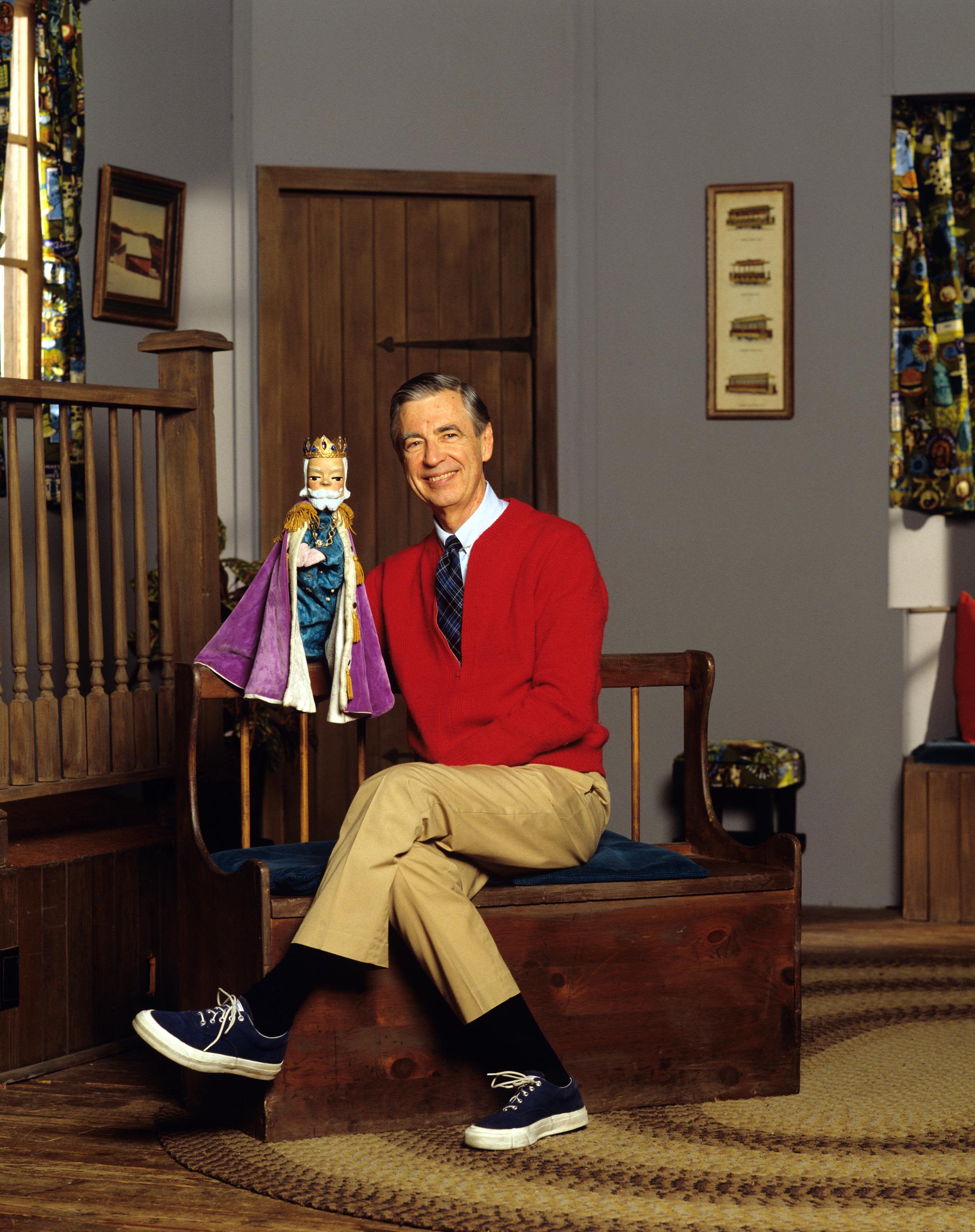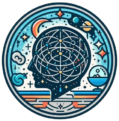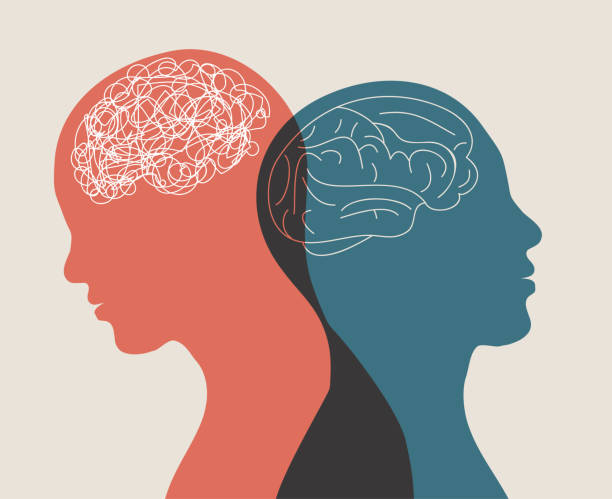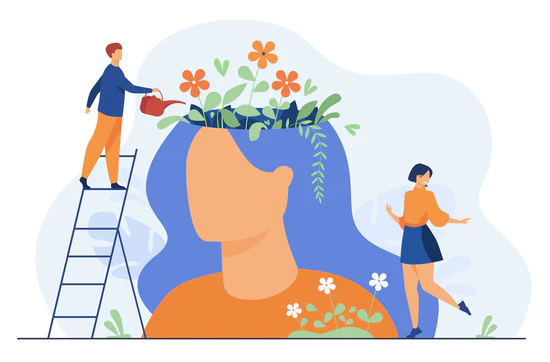Introduction
Every morning, Mr. Rogers of Mister Rogers’ Neighborhood would walk through the door, change into a sweater, and swap his shoes all while softly talking to viewers. Seemingly mundane, this sequence became an iconic ritual for generations of children and for Fred Rogers himself. But why do so many of us perform little rituals every day? And why do we get weirdly uncomfortable when we can’t?

From athletes wearing “lucky socks” to the calming routines of a bedtime story, rituals seem like quirks but they serve profound psychological functions. Whether secular or sacred, individual or communal, rituals reduce anxiety, reinforce identity, and provide a sense of order in a chaotic world.
Read More- Stress and Holidays
1. What Are Rituals, Really?
At first glance, a ritual might seem like just a habit but not all habits are rituals. Rituals are symbolic, intentional, and emotionally significant behaviors, often done in a fixed sequence. They’re not just about what we do, but why and how we do it.
Definitions
- Rituals: Structured, repetitive actions imbued with meaning, often carried out in cultural, religious, or personal contexts (Legare & Souza, 2012).
- Habits: Automatic behaviors prompted by context, often without conscious thought or emotional investment (Wood & Rünger, 2016).
Rituals are found everywhere: in religious ceremonies, graduation marches, national anthems, and even the way we pour morning coffee. They often serve no clear practical purpose—yet we keep doing them, especially when stressed.
2. Rituals Reduce Anxiety and Boost Control
When life feels unpredictable, rituals can ground us. They give us a psychological sense of control even when we can’t influence the actual outcome.
Brooks et al. (2016) found that people who performed a simple ritual before singing in public experienced lower anxiety than those who didn’t. Their heart rates and stress markers dropped significantly.
Similarly, a study of Haitian Vodou rituals showed that participants reported reduced anxiety, even though the rituals had no material effect (Schjoedt et al., 2013).

Example
Athletes like Serena Williams follow strict pre-match rituals. Superstition? Maybe. But rituals serve a functional purpose: they focus attention, reduce nerves, and increase confidence.
“It’s not the ritual itself, it’s the sense of predictability and control it creates.” – Norton & Gino, 2014
3. Rituals Build Identity and Belonging
Rituals don’t just soothe our nerves—they shape who we are. By performing shared rituals, we signal group membership, reinforce cultural identity, and foster cohesion.
- Family rituals- Families who engage in regular rituals like game nights or Sunday dinners report higher emotional well-being and stronger bonds (Fiese et al., 2002).
- Cultural examples- Japanese tea ceremonies, Jewish Shabbat, Maasai coming-of-age rituals these all serve to pass down identity, values, and a sense of belonging across generations.
Even secular rituals, like weddings, birthdays, and graduation caps thrown in the air—cement our roles in society. They say: You belong. You matter.
The Ritual and Placebo Connection
Some rituals are objectively… odd. Like tapping on a doorframe before entering or drawing a chalk circle around your bed. But surprisingly, rituals still “work” even when we know they’re symbolic.
Why?
The brain’s expectation systems can create real physiological responses—even when we intellectually know there’s no “magic.”
- Malinowski (1948) observed that Trobriand Islanders performed more elaborate rituals before deep-sea fishing than lagoon fishing—because the former was riskier. Rituals helped them manage fear, not fish.
- Placebo studies show that intentional symbolic acts can lead to real outcomes: lower cortisol, better performance, and improved mood (Moerman, 2002).
So whether you’re lighting a candle to calm down or wearing a “lucky” shirt to a job interview, your ritual helps—because your brain believes in the structure it provides.
Everyday Rituals in the Modern World
We may not all be chanting or dancing around fires, but modern life is full of rituals—many of them subtle.
Examples
- Morning coffee routines = self-regulation + identity cue (“I’m a focused, working adult now”)
- Pre-meeting deep breaths = stress control
- “Sunday resets” = temporal markers for psychological boundaries
Social media even ritualizes interaction: from “likes” to “unboxing” videos, the repetition and predictability tap into primal ritualistic structures.
OCD and Rigidity
Not all rituals are helpful. In conditions like Obsessive-Compulsive Disorder (OCD), rituals become rigid, distressing, and intrusive.
- Individuals with OCD may feel compelled to perform rituals (e.g., hand washing, checking) to ward off imagined dangers even if they know it’s irrational (American Psychiatric Association, 2013).
- The key difference? Volition and flexibility. Healthy rituals comfort us. OCD rituals control us.
Understanding this spectrum helps us distinguish between beneficial behaviors and those that signal deeper mental health challenges.
Conclusion
In an increasingly chaotic and digital world, rituals might be one of the last remaining anchors to presence, identity, and meaning. They don’t have to be grand or spiritual. They can be as simple as journaling at night, cooking the same comfort meal on Fridays, or texting “good morning” to a loved one.
The point isn’t the ritual—it’s the stability and significance we wrap around it.
So the next time you do your little routine—your dance before a presentation, your tea before bed don’t brush it off. That’s not superstition. That’s psychology in action.
References
American Psychiatric Association. (2013). Diagnostic and statistical manual of mental disorders (5th ed.).
Brooks, A. W., Schroeder, J., Risen, J. L., Gino, F., Galinsky, A. D., Norton, M. I. (2016). Don’t stop believing: Rituals improve performance by decreasing anxiety. Organizational Behavior and Human Decision Processes, 137, 71–85.
Fiese, B. H., Tomcho, T. J., Douglas, M., Josephs, K., Poltrock, S., & Baker, T. (2002). A review of 50 years of research on naturally occurring family routines and rituals. Journal of Family Psychology, 16(4), 381–390.
Legare, C. H., & Souza, A. L. (2012). Evaluating ritual efficacy: Evidence from the supernatural. Cognition, 124(1), 1–15.
Malinowski, B. (1948). Magic, science and religion and other essays. Beacon Press.
Moerman, D. E. (2002). Meaning, medicine and the “placebo effect”. Cambridge University Press.
Norton, M. I., & Gino, F. (2014). Rituals alleviate grieving for loved ones, lovers, and lotteries. Journal of Experimental Psychology: General, 143(1), 266–272.
Schjoedt, U., Sørensen, J., Nielbo, K. L., Xygalatas, D., Mitkidis, P., & Bulbulia, J. (2013). Cognitive resource depletion in religious interactions. Religion, Brain & Behavior, 3(1), 39–55.
Wood, W., & Rünger, D. (2016). Psychology of habit. Annual Review of Psychology, 67, 289–314.
Subscribe to PsychUniverse
Get the latest updates and insights.
Join 3,030 other subscribers!
Niwlikar, B. A. (2025, June 28). Power of Ritual and 4 Important Ways They Reduce Anxiety. PsychUniverse. https://psychuniverse.com/power-of-ritual/



